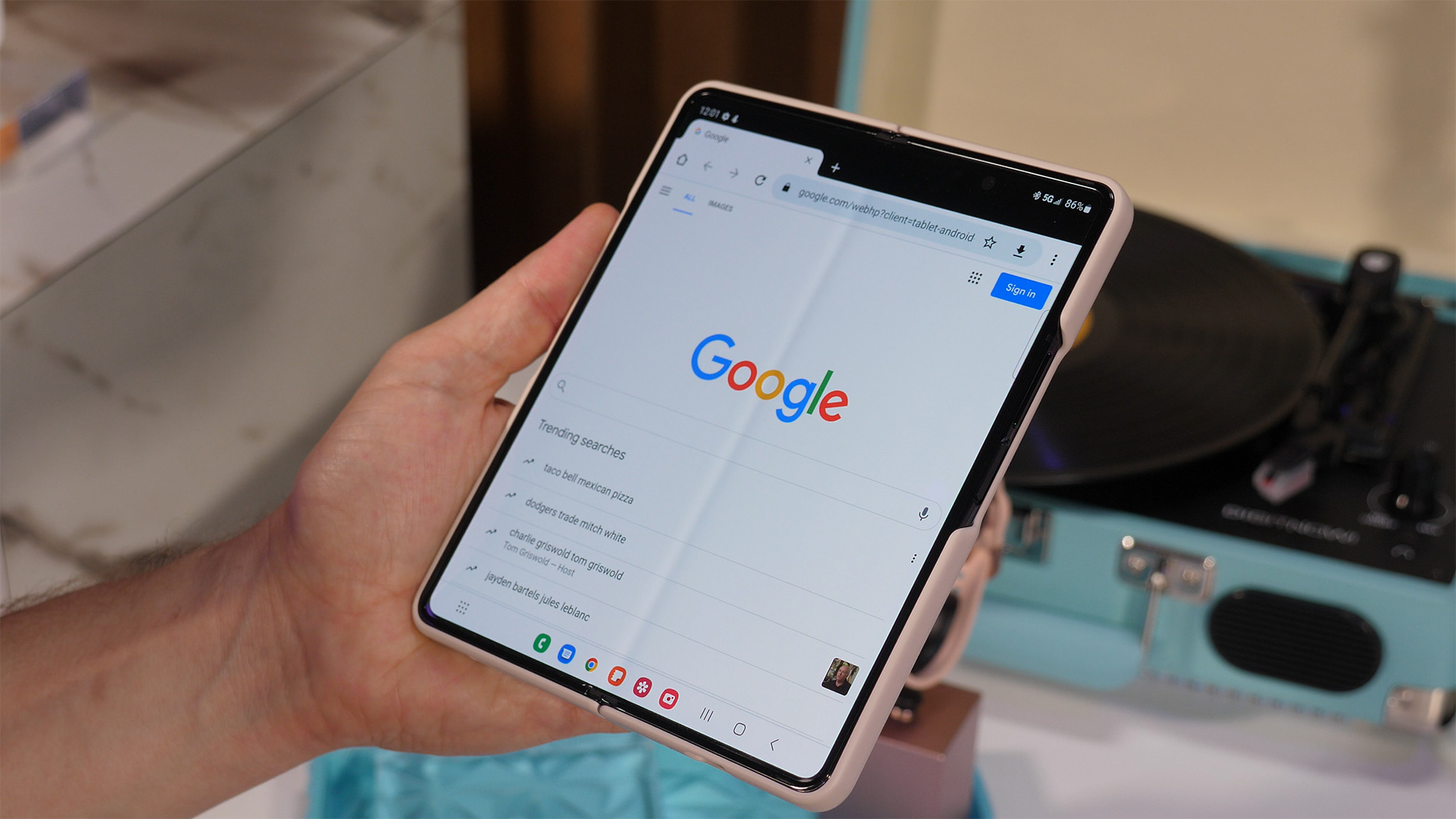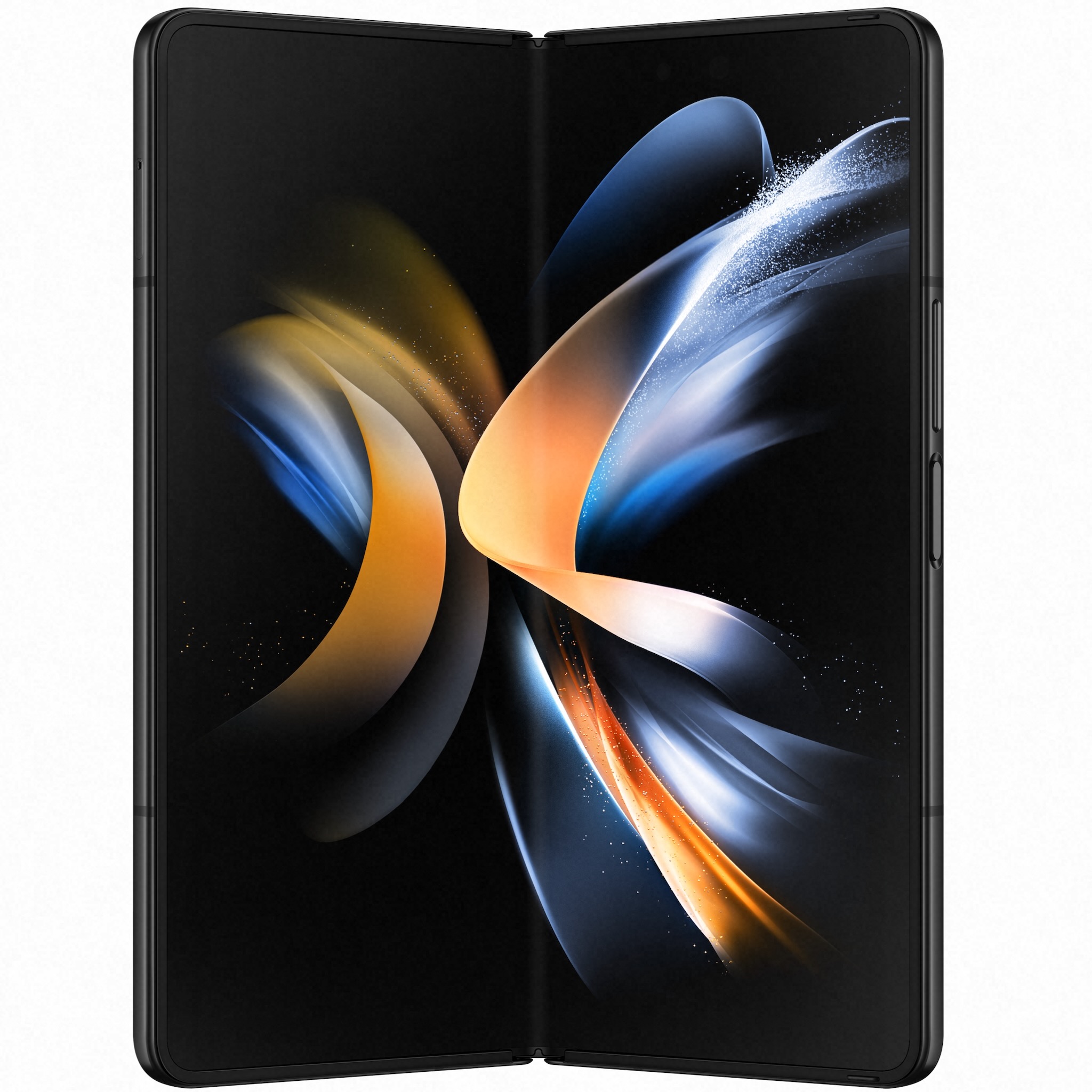Is the Samsung Galaxy Z Fold 4 water resistant?
The Galaxy Z Fold 3 was water-resistant, but not dust-resistant. Has anything changed?

Is the Samsung Galaxy Z Fold 4 water resistant?
Yes, the Galaxy Z Fold 4 has a water resistance rating of IPX8, the same as the Galaxy Z Fold 3. This means it can be submerged temporarily in shallow water for a short period, but has no official dust protection. Samsung also advises that this rating doesn't guarantee safety at the beach or pool.
Samsung didn't fold on water resistance
In the past, foldable phones were a dangerous combination of expensive and fragile. So it was a relief when we found out the Galaxy Z Fold 3 and Flip 3 were just as water resistant as most mainstream phones. Now, their successors, the Galaxy Z Fold 4 and Galaxy Z Flip 4, have a confirmed water resistance rating of IPX8 as well.
If you're unfamiliar with IP ratings, IPX8 means that the phone has no official dust resistance (X), but has the second-highest water resistance rating of 8, meaning it can be submerged in shallow water for a short period of time without damage. Specifically, Samsung says it can be submersed "in up to 1.5 meters [4.9 feet] of fresh water for up to 30 mins."
Although the Galaxy Z Fold 4 is water resistant, its IP rating doesn't guarantee protection against high-pressure splashes, chlorinated water, or extreme temperatures.

When Samsung announced the Z Fold 3, it explained how the foldable phone uses "enhanced Sweeper technology" with short bristles that "repel dust and other particles and maintain the devices’ durability and seamless user experiences."
Because of the hinged design, the foldable phone can't keep out water. But Samsung engineer Hee-cheul Moon told The Verge that the phone surrounds its components with a "special type of lubricant that can really adhere well to all of the small components in the device," ensuring nothing important is exposed for water to damage it.
Plus, the screen uses a "pressure-sensitive adhesive," so even if water gets into the phone, it won't damage anything if it isn't left there too long.
The Galaxy Z Fold 4 has a slimmer hinge and uses more recyclable materials, but otherwise Samsung hasn't described any major differences in its internal design. So we can assume the new foldable flagship uses a similar protection method, rated to last for as long as the hinge does — across hundreds of thousands of folds.
Get the latest news from Android Central, your trusted companion in the world of Android
As for other protective upgrades, the Galaxy Z Fold 4 has Gorilla Glass Victus+ protection on its main and cover screens. And Samsung claims its display is more durable than before thanks to an "optimized layer structure" that protects against external shock.
If you're worried that Samsung didn't make any progress on dust protection, you'll want to invest in a case, which will help cover the hinge somewhat.
Thus far, the Galaxy Z Fold and Flip phones are the only foldable phones with proven water resistance. The OPPO Find N and Razr 2020 can withstand some rain or splashes but have no official IP rating, while the Surface Duo 2 has a paltry IPX1 rating. That makes Samsung's foldables a safer investment, and could help make the Z Fold 4 one of the best Android phones for anyone who can afford it.

Upgrading on excellence
The Samsung Galaxy Z Fold 4 sports the new Snapdragon 8 Gen 1 Plus processor with 12GB of RAM, a 7.6-inch 120Hz display, revamped cameras, a thinner and lighter design, and more durable and sustainable materials, making it a solid upgrade over the popular Z Fold 3.

Michael is Android Central's resident expert on wearables and fitness. Before joining Android Central, he freelanced for years at Techradar, Wareable, Windows Central, and Digital Trends. Channeling his love of running, he established himself as an expert on fitness watches, testing and reviewing models from Garmin, Fitbit, Samsung, Apple, COROS, Polar, Amazfit, Suunto, and more.
